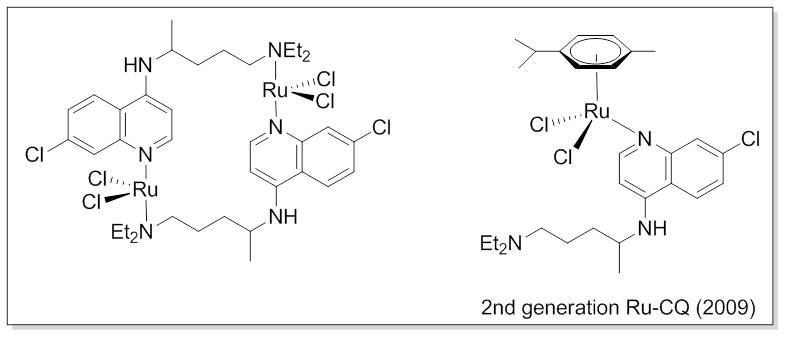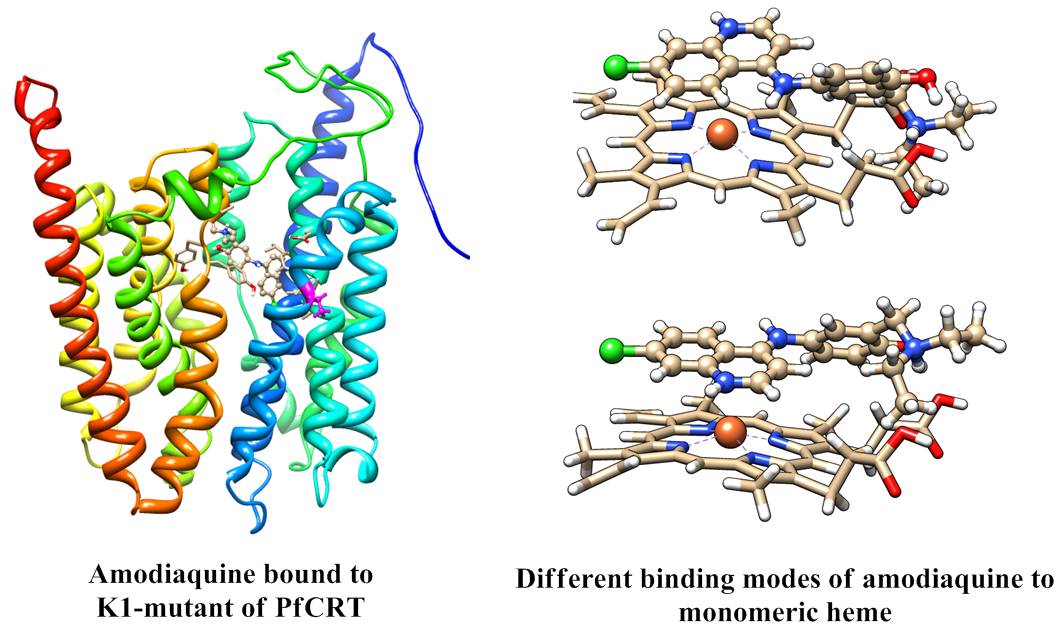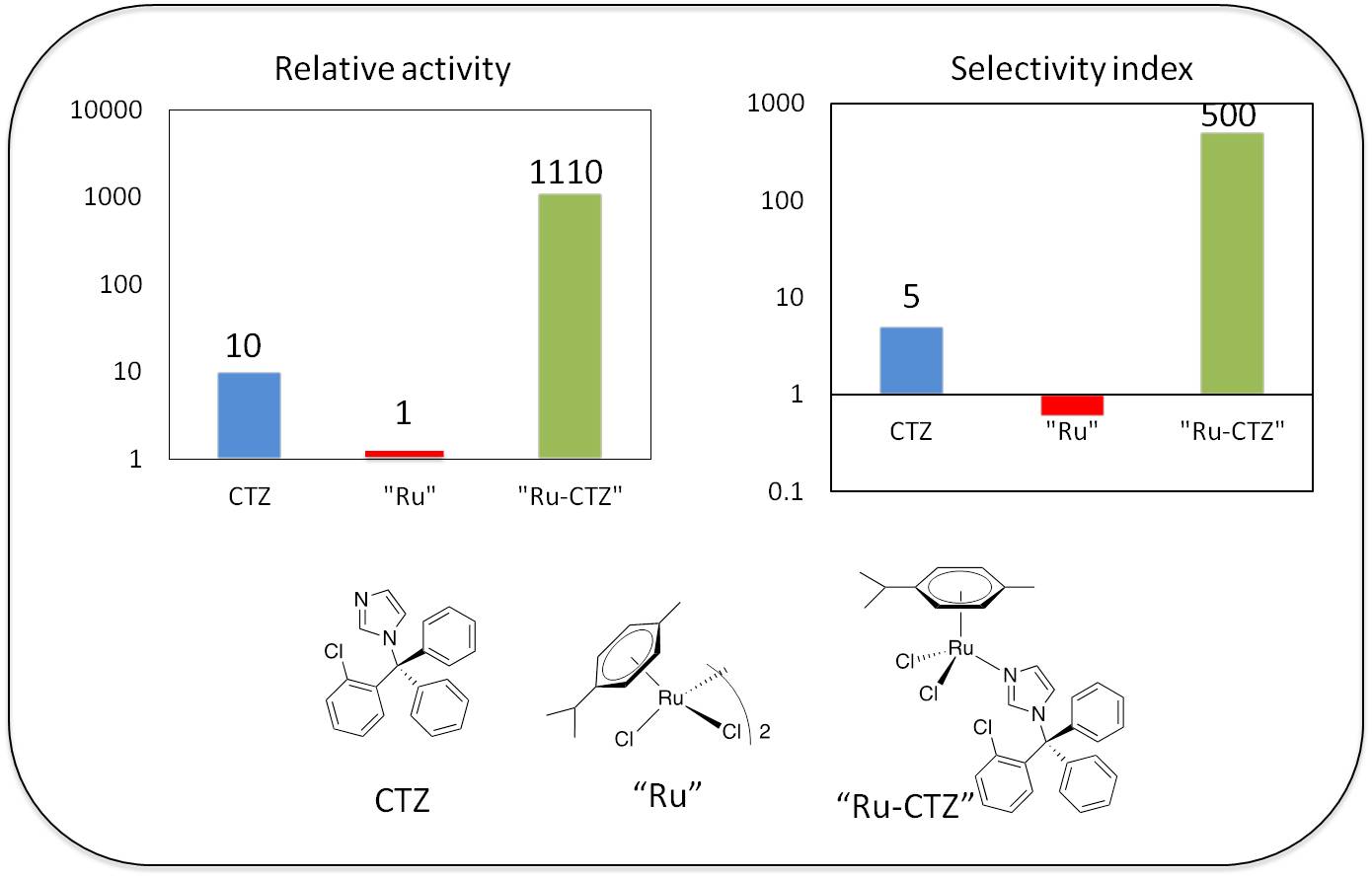The most serious problem in malaria treatment is that the parasites causing the disease, particularly the deadly Plasmodium falciparum, have developed resistance to widely used drugs, particularly chloroquine (CQ). Currently, the most efficacious therapies are combinations of an artemisinin-type compound with a long-lasting partner drug like lumefantrine, amodiaquine or mefloquine.

Unfortunately, signs of resistance to artemisinin drugs are beginning to emerge in parts of Asia. Therefore new chemotherapeutic agents to treat drug-resistant malaria are urgently needed, and a good understanding of the mechanisms of therapeutic action, and of parasite drug resistance is essential for the development of new drugs.
Our long-term goal is to discover new leads for anti-malarial agents, to elucidate their mechanisms of action, and to better understand the mechanism of resistance to CQ and related drugs. Our specific aims are:
• To synthesize and evaluate the antimalarial potency of new compounds specifically designed to be active against resistant parasites
• To understand the mechanisms of action of the new compounds
• To understand the mechanism of resistance to chloroquine by computational modeling of the plasmodial resistance protein PfCRT, and its interactions with known and new drugs
RECENT ACCOMPLISHMENTS

Organometallic antimalarials:

New N-benzyl-4-aminoquinolines:
Amodiaquine (AQ) is effective against CQ-resistant parasites, but serious toxicity issues linked to a quinone-imine metabolite limit its clinical use. We synthesized the new N-benzyl-4-aminoquinolines 1-5, which are incapable of forming quinone-type metabolites. The new compounds display activity markedly superior to CQ and comparable to AQ against CQ-resistant P. falciparum, with very low toxicity to normal L6 mammalian cells

Biological data from Prof. J. Schrevel and coworkers at the National Museum of Natural History, Paris (France)

The antimalarial potency and cytotoxicity of the new compounds is currently being evaluated.
Mechanistic studies include the determination of physicochemical properties, heme aggregation inhibition ability, PfDHODH inhibition activity measurements, and metabolic stability assays.
Computational studies of chloroquine resistance:

A computational model of the PfCRT wild type and mutant proteins responsible for chloroquine resistance has been developed. Molecular docking methods are being applied to known drugs and to our lead compounds in order to locate binding pocket(s) in both wild type and mutant proteins. This modeling approach will lead us to a better understanding of the resistance mechanism and it will serve a predictive tool in the search for new drugs able to overcome malaria resistance. The interactions of different drug and drug-like aminoquinolines with heme are also studied using molecular docking and DFT methods.


CHAGAS DISEASE AND LEISHMANIASIS
Over the last several years we have been searching for new metal-based therapies against Trypanosoma cruzi and Leishmania major, by combining a compound of known anti-parasitic activity like clotrimazole (CTZ) or ketoconazole (KTZ) and a metal (Ru, Rh, Ir, Au, Cu) in a single molecule. Our strategy makes use of the fact that (1) azole compounds cause a depletion of normal sterols and an accumulation of abnormal amounts of sterol precursors with cytostatic or cytotoxic consequences; and (2) Metals are known to bind to DNA, causing cellular disruption. The combination results in dual-target compounds with enhanced antiparasitic potency and reduced toxicity to mammalian cells.




- E.
Robles-Escajeda, A. Martínez, A. Varela-Ramirez, R. A.
Sánchez-Delgado, and R. J. Aguilera,* “Analysis of
the cytotoxic effects of ruthenium-ketoconazole and
ruthenium-clotrimazole complexes on cancer cells” Cell Biol. Toxicol.
2013, 29,
431-443.
-
E. Iniguez, A. Sánchez, M. A. Vasquez, A. Martínez, J. Olivas, A. Sattler, R. A. Sánchez-Delgado*, and R. A. Maldonado*, “The Metal-Drug Synergy: New RutheniumII Complexes of Ketoconazole are Highly Active against Leishmania major and Trypanosoma cruzi and Non-toxic to Human or Murine Normal Cells” J. Biol. Inorg. Chem. 2013, 18, 779-790.
-
J. G. Estrada and R. A. Sánchez-Delgado,* “Spectroscopic Study of the Interactions of Ruthenium-Ketoconazole Complexes of Known Antiparasitic Activity with Human Serum Albumin and Apotransferrin”, J. Mex. Chem. Soc., 2013, 57, 169-174.
-
Martínez, T. Carreon, E. Iniguez, A. Anzellotti, A. Sánchez, M. Tyan, A. Sattler, L. Herrera, R. A. Maldonado* and R. A. Sánchez-Delgado*, “Searching for new chemotherapies for tropical diseases: Ruthenium-clotrimazole complexes display high in vitro activity against Leishmania major and Trypanosoma cruzi and low toxicity toward normal mammalian cells.” J, Med. Chem. 2012, 55, 3867-3877.
-
L. Glans, A. Ehnbom, C. de Kock, A. Martínez, J. Estrada, P. J. Smith, M. Haukka, R. A. Sánchez-Delgado* and E. Nordlander*, “Ruthenium(II) arene complexes with chelating chloroquine analogue ligands: Synthesis, characterization and in vitro antimalarial activity.” Dalton Trans. 2012, 41, 2764-2773.
-
M. Navarro,* W. Castro, A. R, Higuera-Padilla, A. Sierraalta, M. J. Abad, P. Taylor and R. A. Sánchez-Delgado, “Synthesis, characterization and biological activity of trans-platinum (II) complexes with chloroquine”, J. Inorg. Biochem. 2011, 105, 1684-1691.
-
Martínez, J. Suárez, T. Shand, R. S. Magliozzo and R. A. Sánchez-Delgado*, “Interactions of Arene-Ru(II)-Chloroquine Complexes of Known Antimalarial and Antitumor Activity with Human Serum Albumin (HSA) and Transferrin”, J. Inorg. Biochem. 2011, 105, 39-45.
-
A. Martínez, C. S. K. Rajapakse, A. Varela-Ramirez, C. Lema, R. Aguilera and R. A. Sánchez-Delgado*, “Arene-Ru(II)-Chloroquine Complexes Interact With DNA, Induce Apoptosis Against Human Lymphoid Cell Lines and Are Less Toxic to Normal Mammalian Cells than Chloroquine”, J. Inorg. Biochem. 2010, 104, 967-977.